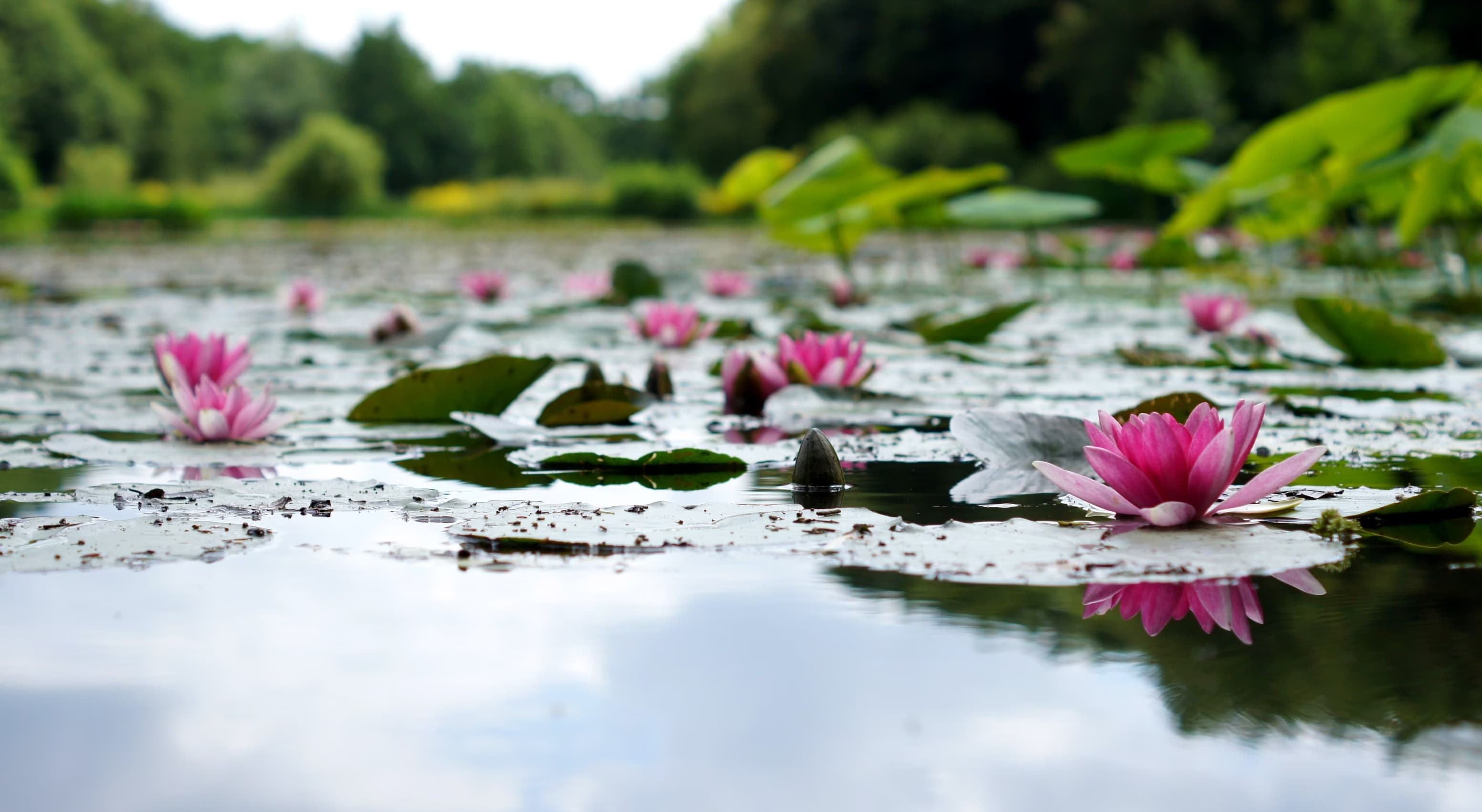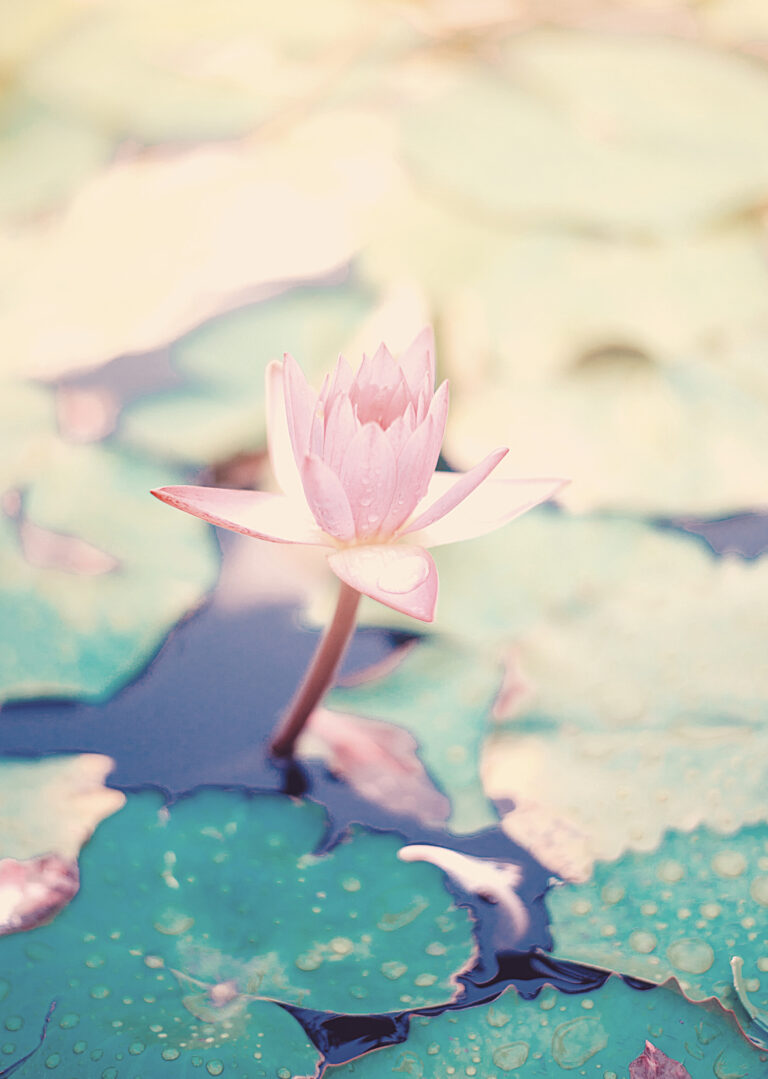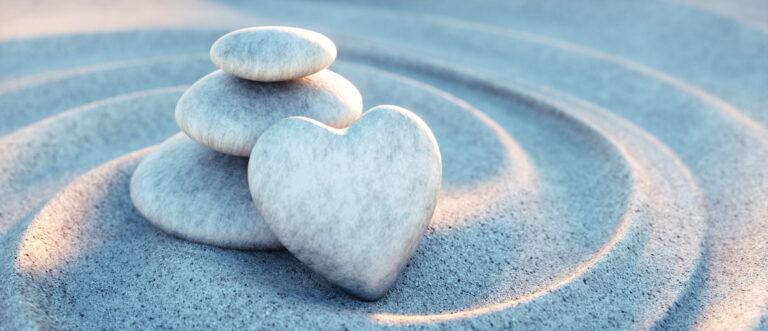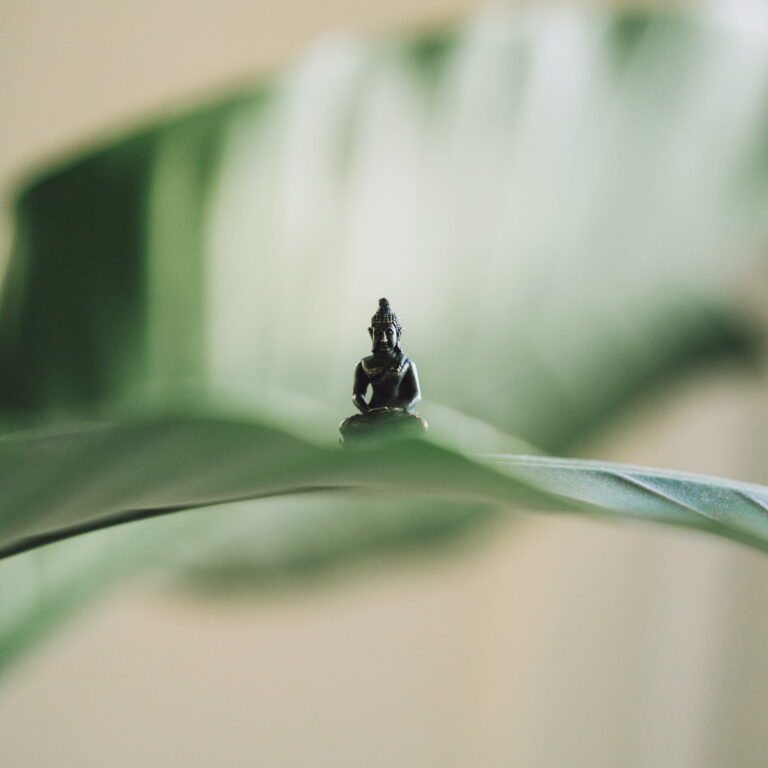I don’t believe in Reiki!
7 minute read

The Unseen Power of Reiki: My Journey to Deepening Awareness
The idea of something you can’t see or touch, but are expected to only feel—if at all you do—is enough to make skeptics out of a lot of people. I personally never felt this way with Reiki, as I was always all about the woo, but I get it. In a world that runs on logic, science, and tangible proof, it’s not surprising that many struggle with accepting Reiki as real. And yet, over time, my experience has spoken louder than my doubts. When in doubt, I lay out the facts for myself.
My First Experience with Reiki
I remember my first Reiki session vividly. I wasn’t expecting much—I assumed I’d lie down, listen to some relaxing music, and maybe feel a little calmer afterward. But what I actually experienced surprised me.
As the practitioner placed their hands near me, I felt warmth radiating from their palms. At first, I thought it was just body heat, but the sensation intensified, spreading through my entire body. It was as if waves of energy was moving through me, from my crown to my feet, wave after wave, dissolving tension slowly but steadily.
The practitioner had placed various crystals on and around me. There was one nestling on my heart chakra, and at one point, I ‘felt’ it about to roll off my body. Automatically, I opened my eyes and moved to grab it before it fell to the ground. I was so surprised to see it was still very much safely sitting on my chest, hadn’t moved at all. I asked her about it and she said Great, looks like we cleared some energy from around your heart space for you. That was something that really stayed with me. I clearly felt the energy roll off of me. So cool!
After the session, I felt lighter—both physically and emotionally. It wasn’t just relaxation; it was a stillness I hadn’t felt in a while. I couldn’t explain it, but I couldn’t deny it either. And that was enough to make me curious.
The Facts That Changed My Perspective
The fact is that each day when I give myself Reiki, I feel lighter, brighter, and so much calmer throughout the day. It’s not a fleeting feeling but a deep sense of ease that carries me through everything I do. I feel happier, as if an inner knowing reassures me that all will be well. Even if the day turns out to be stressful, I notice that it doesn’t affect me as intensely as it used to. I can see that I am able to swing out of a bad mood faster than I used to.
The fact is that before my first Reiki placement, I struggled immensely with meditation. Sitting quietly for more than three or four minutes felt impossible. My mind would dart from one thought to the next, cycling through my to-do lists, unfinished chores, and upcoming responsibilities. The idea of stillness seemed foreign to me. But after my Reiki attunement, something changed. Without even trying too hard, I found myself able to sit for longer periods. What started as 5-minute stretches became 10, then 20, and today, I can easily be in a Reiki journey or a meditative state for 30, 40 or even 60 minutes.
That was a key realization: to not try too hard, but also to not stop trying. Reiki had gently guided me to a place where silence felt like a friend rather than an adversary.
Does It Really Matter How It Works?
The fact is that it’s okay to not know how or why Reiki works. Many of us feel an innate need to explain, rationalize, and define everything in our experience. But does everything need a scientific breakdown to be valid? If you try something and it helps you—whether that’s Reiki, meditation, breathwork, or even a simple daily walk—does it matter why it works? Or is it enough to simply embrace that it does?
Skepticism is healthy, and I never suggest that anyone blindly believe in something just because it’s been said to work. But I do encourage an open mind. Reiki, like many other holistic practices, works subtly over time. It’s not always an instant transformation. Much like exercise or building any new habit, the benefits compound with consistency. One session might not shift your entire world, but repeated experiences often reveal undeniable changes.
The Energy We Already Accept
Let’s talk about energy in a way that’s more familiar. Everyone accepts that Wi-Fi works between devices, transmitting signals over distances without visible wires or any physical connections. We don’t see the waves traveling through the air, yet we trust that when we enter a room, our phones will connect to the internet. The same principle applies to TV stations and radio channels. They are always broadcasting, but we only experience them when we tune in to the correct frequency.
Reiki is no different. The energy is always present, waiting to be received. The practitioner is simply the conduit, tuning into the right frequency and allowing the energy to flow to the recipient. This is why Reiki can be given across distances just as effectively as in person. Energy is not bound by time or space—it simply exists and flows where it is welcomed.
Personal Experience vs. Scientific Explanation
One of the strongest arguments against Reiki is the lack of scientific proof. I understand why people demand evidence. In modern society, we rely heavily on studies, data, and double-blind trials to validate something as “real.” But there are many aspects of life that science has yet to fully explain, yet we accept them without question.
For example, how do we explain intuition? That gut feeling you get when something isn’t right, even when there’s no logical reason for it? How do we explain the feeling of being watched, only to turn around and find someone staring at you? Or the way a mother instinctively knows when something is wrong with her child, even if they are miles apart?
These experiences are real, but they don’t always fit neatly into a scientific framework. Reiki, too, falls into this category. While research is beginning to catch up, and there are studies showing Reiki’s positive effects on stress, pain management, and relaxation, for many, personal experience remains the best proof.
Trust the Process
Skepticism is natural, but it doesn’t have to be a barrier. You don’t have to believe in Reiki for it to work. You don’t have to understand every detail to experience its benefits. You just have to be open enough to try.
If you’re still unsure, I encourage you to approach Reiki the way you would approach anything new—with curiosity rather than judgment. Try it. See how you feel. And if it does nothing for you, that’s okay too.
But if, like me, you find yourself feeling lighter, calmer, and more at peace, then maybe, just maybe, there’s something to this unseen energy after all.
As Hazel Butterworth beautifully said:
“Trust the process. You do not need to know how it works, only that it does.”
Hazel Butterworth




